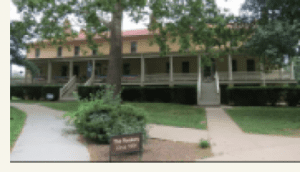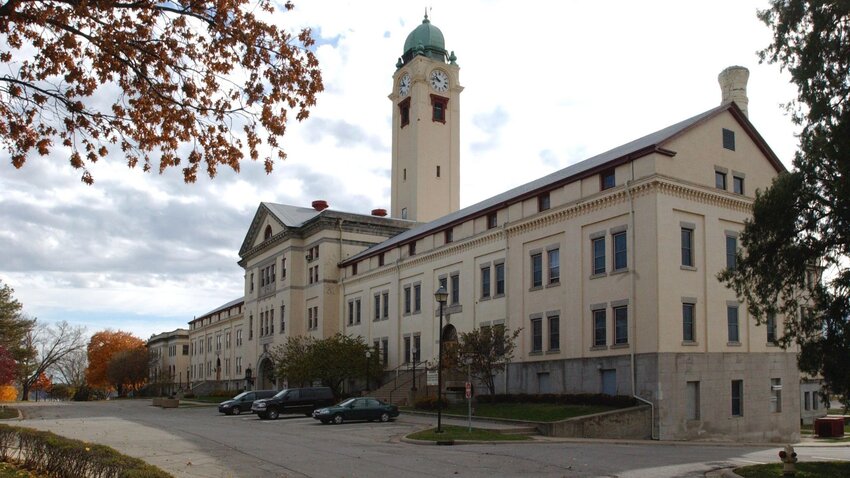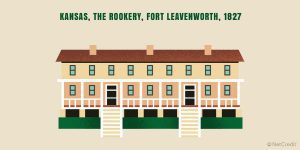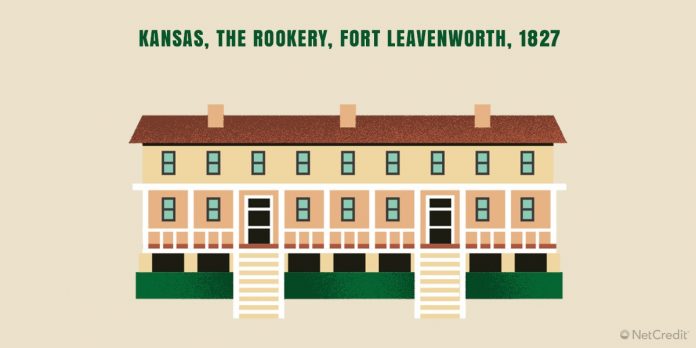“Where did you grow up?”
It’s a simple question, with an obviously easy answer, right?
Unless you were or are a military child. Then it can go something like this:
“Where’s home?”
“Texas…now.”
“Cool, what’s your hometown?”
“I didn’t grow up in Texas.”
“Well, then where did you grow up?”
“In several different places.”
By now the person is showing signs of exasperation and wondering why I can’t give a direct answer to a simple question.
Sometimes they change course:
“Okay, where were you born?”
“France.”
“Oh, wow, so you’re French…you don’t sound French, do you speak French?”
“I’m not French, I’m American.”
“Well then, how were you born in France?” And so it goes…
 Besides the not having an obvious hometown, being a kid that moves a lot can be a mixed bag.
Besides the not having an obvious hometown, being a kid that moves a lot can be a mixed bag.
There is a lot of adjusting: new house, new school, new weather, new coaches, etc. It’s a lot of newness all at once. But newness means fresh start, and those are good. Sometimes it goes well. Maybe your new life long best friend is waiting for you at the next duty station, or you discover a new sport to learn.
Then again, sometimes it doesn’t.
Reestablishing the rhythm of life you enjoyed in your previous location doesn’t always work out the way you would like. The disappointment that your new soccer team doesn’t “feel” like your old one, or the discovery that your new school doesn’t teach things in the same order as the last one (which means you have some catching up to do) can be disappointing.
For parents, it’s stressful when the adjustment is a bumpy one. But it’s part of the deal, and there is usually good to balance out the bad of any transition. My parents did a great job of framing all of our moves in a positive light. They were particularly adept at taking advantage of the uniqueness that each locale had to offer.
Summer is PCS season and for my family, every PCS doubled as a vacation. Our mini caravan made stops along the way to visit historic landmarks, museums, national parks, and whatever points of interest were in our path.
As I was scrolling through my email a few days ago a travel blog headline grabbed my attention: The Oldest Buildings in All Fifty States.
 Cool, I thought. I know what the building in Kansas is going to be because I lived in it. It was my home for three years as a military child.
Cool, I thought. I know what the building in Kansas is going to be because I lived in it. It was my home for three years as a military child.
I eagerly log in, select the article, and scroll through the states, stopping at Kansas to see what the author says about the Rookery, the oldest existing building in the state of Kansas.
Instead of seeing the Rookery (pictured above), there is a picture of Grant Hall captioned with an opening sentence that I read with dismay and disbelief:
“The oldest building you can visit in Kansas is Fort Leavenworth, the oldest active Army post west of the Mississippi”
What!? That’s an installation, not a building.
 How could the author get that wrong? She even started her article by qualifying what constitutes a building and how it gets the designation as oldest. A quick Google search even gives the Rookery as the oldest existing building in the state of Kansas.
How could the author get that wrong? She even started her article by qualifying what constitutes a building and how it gets the designation as oldest. A quick Google search even gives the Rookery as the oldest existing building in the state of Kansas.
The building shown in the photo is—in typical Army fashion—actually a series of buildings collectively known as “Building 52.” The collection includes a variety of buildings constructed, added to, renamed, and functionally re-designated over a period of time. They now contain Sheridan Hall, Sherman Hall, Grant Hall, and Wagner Hall. Construction started in 1859; the last addition was made in 1916.
Admittedly, the uniqueness of being “home” in a historical building can be lost on a kid.
When we lived in the Rookery, I knew that it was the oldest existing building in the state of Kansas. There is a plaque on the front saying as much, and the busloads of tourists that regularly drove by were a constant reminder. But it wasn’t until much later in life that I truly understood how unusual it was to live in and among historical buildings.
Built in the early 1800s, the Rookery is said to have gotten its name when it housed single military men. It’s most famous resident was a young Douglas MacArthur, who lived there while serving as an instructor at the Engineer School. It is rumored Abraham Lincoln stayed there during an 1859 stop in Kansas to give a speech.
The most captivating, and sometimes terrifying, residents of the Rookery, however, were the ghosts that are said to make regular appearances. Old homes do a lot of creaking and settling, and every strange noise or unexplained circumstance was attributed to the ghosts who are characterized as mischievous and mostly ladies.
Not really being from anywhere might seem unsettling to some. Military kids truly know this feeling.
But life is full of trade-offs and very often trade-offs come with unique opportunities, like being able to call a historical landmark home for a while. It’s not your permanent home, but it can lead to some great stories and memories later in life.
I have to chuckle at my personal outrage at how wrong that travel writer was about the oldest building in Kansas and take comfort in the fact that Barbara Davidson got it right in her Arch Daily piece in July 2018 titled, The Oldest Building in Every US State.  “Most famous as the home of the Military Connections Complex, Fort Leavenworth also hosts Kansas’s oldest building, the Rookery, built as bachelor officer quarters and later used as the office of Governor Andrew Reeder.”
“Most famous as the home of the Military Connections Complex, Fort Leavenworth also hosts Kansas’s oldest building, the Rookery, built as bachelor officer quarters and later used as the office of Governor Andrew Reeder.”
Thanks Barbara.












